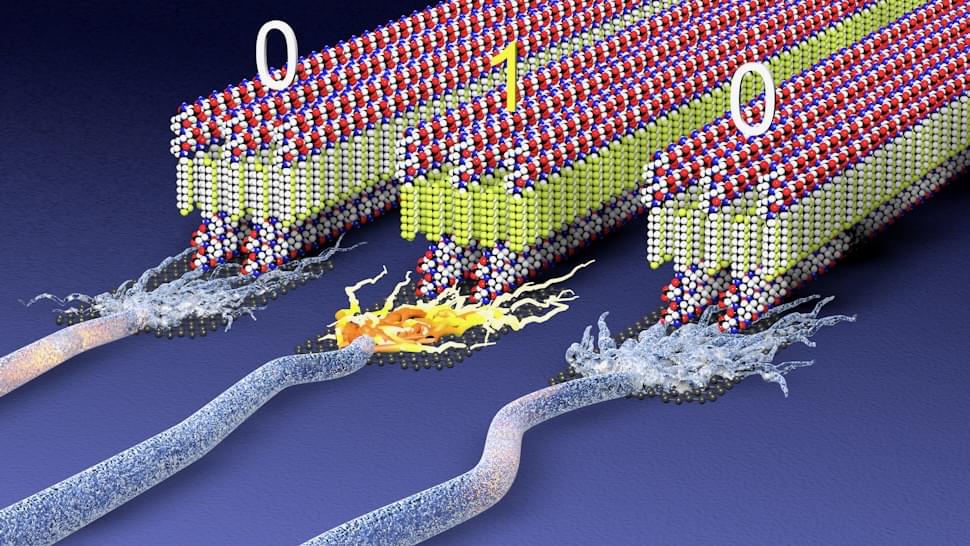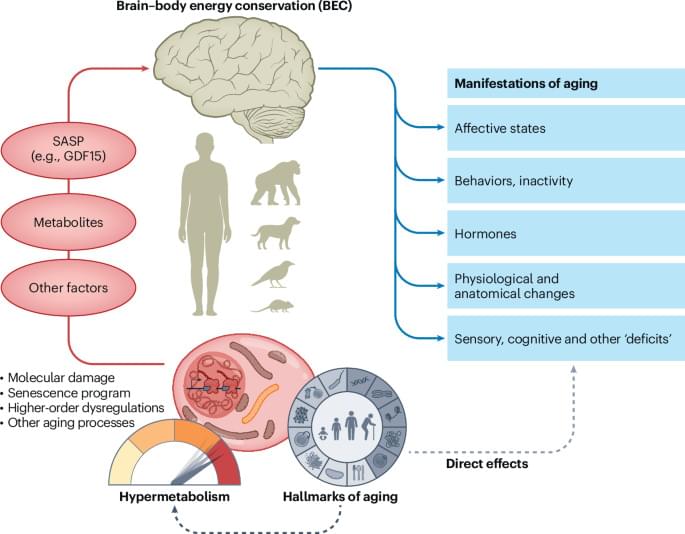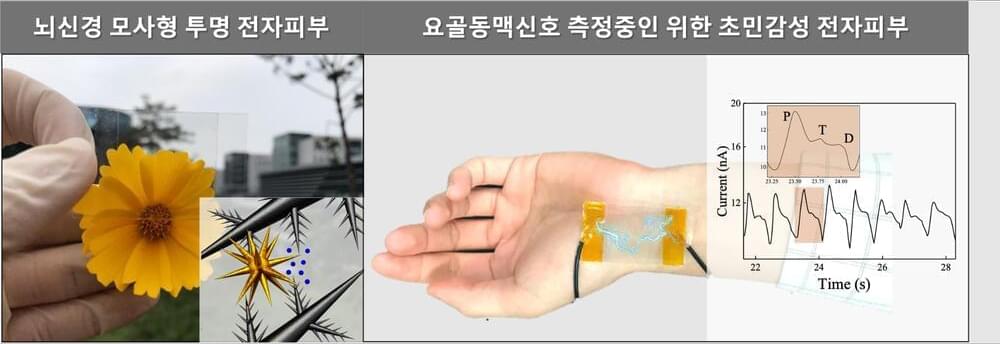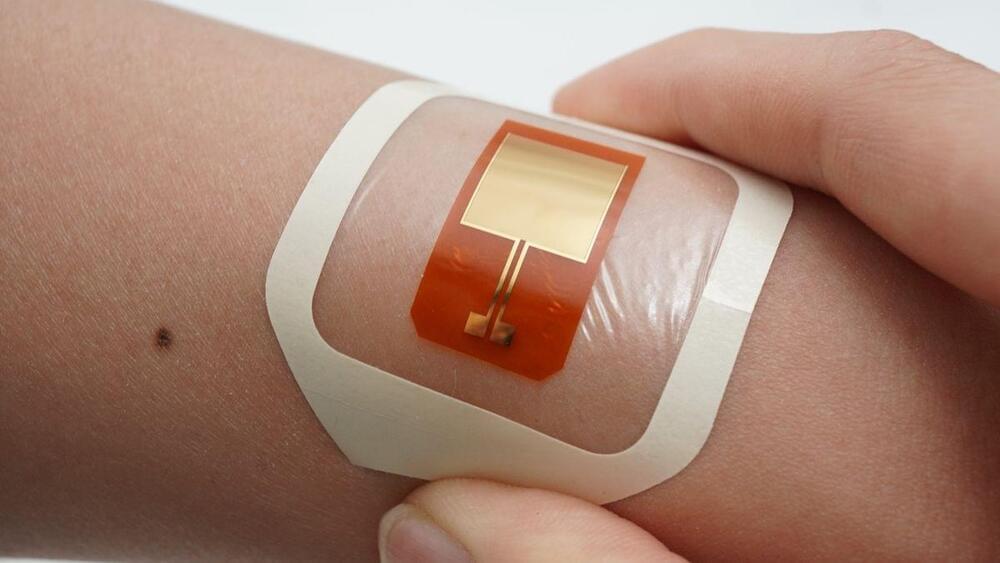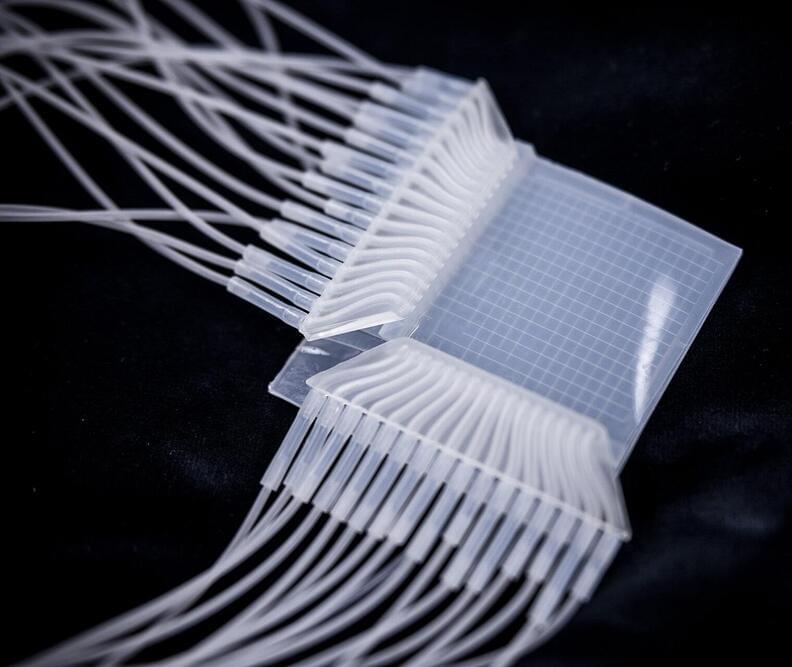Finding ways to connect the human body to technology could have broad applications in health and entertainment. A new “electric plastic” could make self-powered wearables, real-time neural interfaces, and medical implants that merge with our bodies a reality.
While there has been significant progress in the development of wearable and implantable technology in recent years, most electronic materials are hard, rigid, and feature toxic metals. A variety of approaches for creating “soft electronics” has emerged, but finding ones that are durable, power-efficient, and easy to manufacture is a significant challenge.
Organic ferroelectric materials are promising because they exhibit spontaneous polarization, which means they have a stable electric field pointing in a particular direction. This polarization can be flipped by applying an external electrical field, allowing them to function like a bit in a conventional computer.
